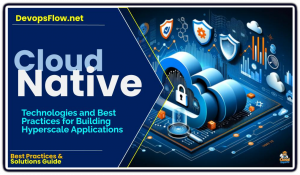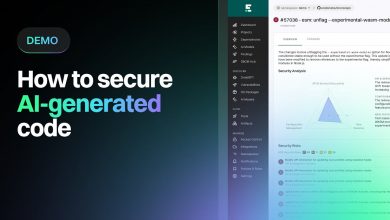Building Hyperscale Cloud Native Applications on Microsoft Azure
An overview of Azure innovations and services that enable enterprise developers to build and scale Cloud Native applications on Microsoft Azure.
 As Microsoft describes Cloud native applications are built from the ground up—optimized for cloud scale and performance.
As Microsoft describes Cloud native applications are built from the ground up—optimized for cloud scale and performance.
They’re based on microservices architectures, use managed services, and take advantage of continuous delivery to achieve reliability and faster time to market.
Azure Cloud Native Innovations
In this interview Azure CTO Mark Russinovich shares the latest Azure innovations enabling the development of Cloud Native apps.
Mark explains that the biggest change to the core Azure architecture came with the rise of containers, around 2015/16, which began the shift from monolith applications to modular, containerized microservices.
This fostered innovations including KEDA, a Kubernetes-based Event Driven Autoscaler, and DAPR, a set of integrated APIs with built-in best practices and patterns to build distributed applications, intended to enable enterprise development teams to more easily build and scale this new generation of Cloud Native apps.
Another key challenge they set out to address was abstraction of applications from underlying Kubernetes infrastructure tools. Enterprise developers want to focus on their code writing without also having to learn everything about Kubernetes too, and to address this Microsoft has recently unveiled its latest innovation for teams building cloud-native apps: ‘Radius‘.
Radius is an open-source application platform intended to facilitate this abstraction, providing the means to describe the infrastructure requirements of applications that can be commonly deployed to any Kubernetes environment.
Radius offers a wide range of features that empower developers to create robust cloud applications:
- Support for multiple programming languages, including C#, Java, and Python.
- Integration with popular development tools such as Visual Studio and Visual Studio Code.
- Scalable and flexible architecture that allows applications to adapt to changing demands.
- Containerization support with Docker for easy deployment and management of applications.
- Automatic scaling and load balancing to ensure optimal performance and resource utilization.
- Seamless integration with other Microsoft Azure services, enabling developers to leverage a wide range of cloud capabilities.
Hyperscale Applications
In this Ignite talk Aaron Blasius, General Manager, and Varun Shandilya, Principle Product Manager for Azure Infrastructure, provide an overall view of developing and deploying Cloud Native applications, exploring the challenges of designing for hyperscale levels of performance and how Azure addresses them.
They demonstrate the latest innovations to simplify the provisioning of Azure compute capacity at hyperscale with different VM types – including the latest Arm-based Cobalt-100 VMs – and pricing models to achieve the performance and cost you require.



